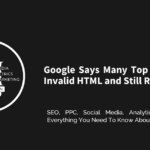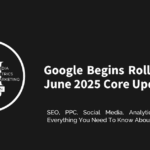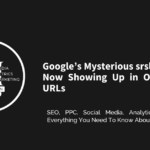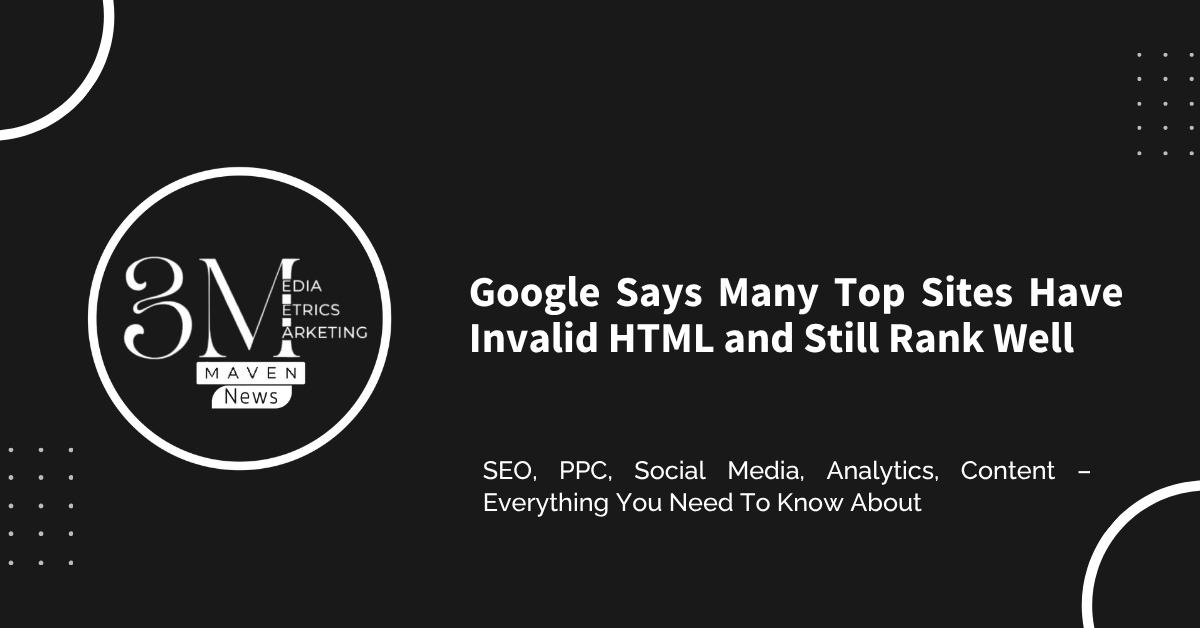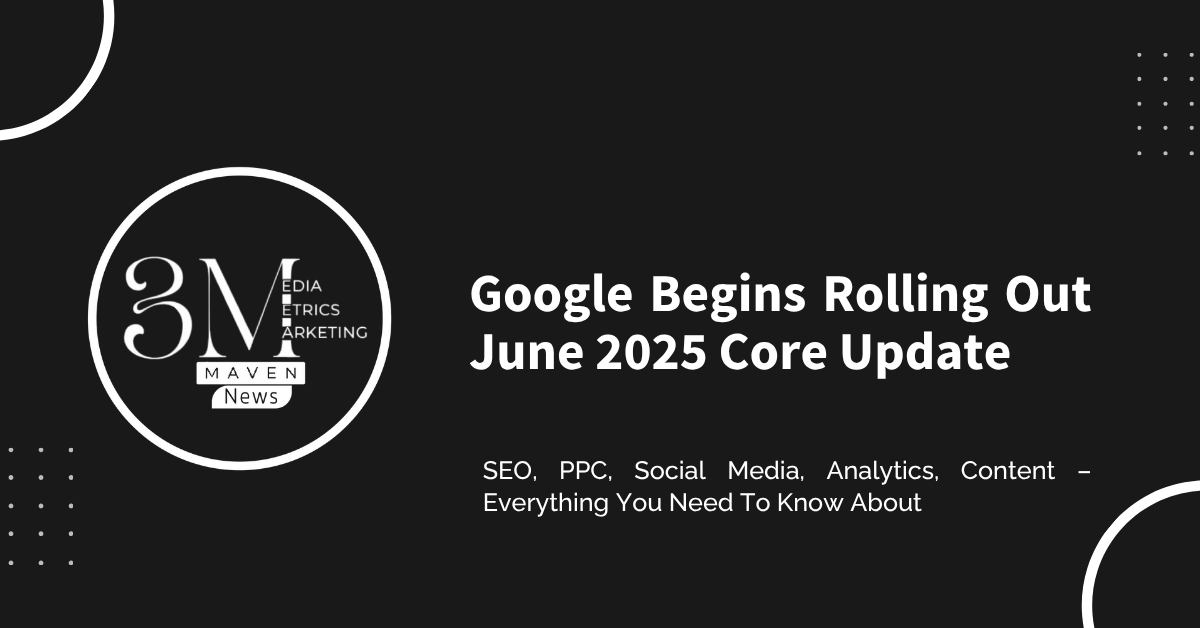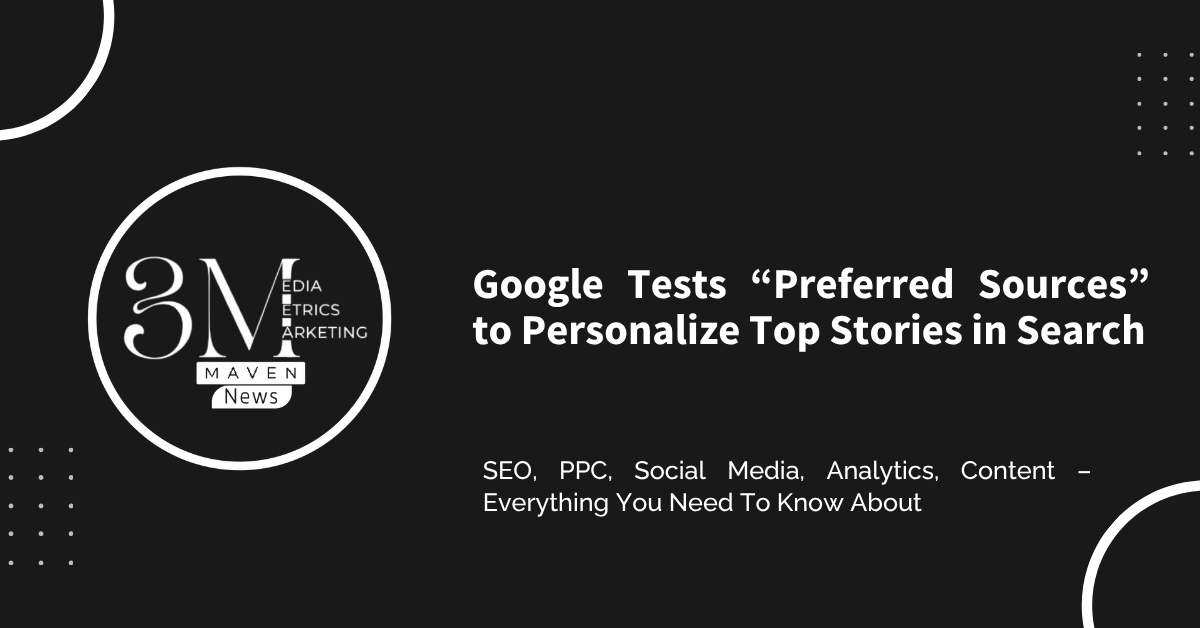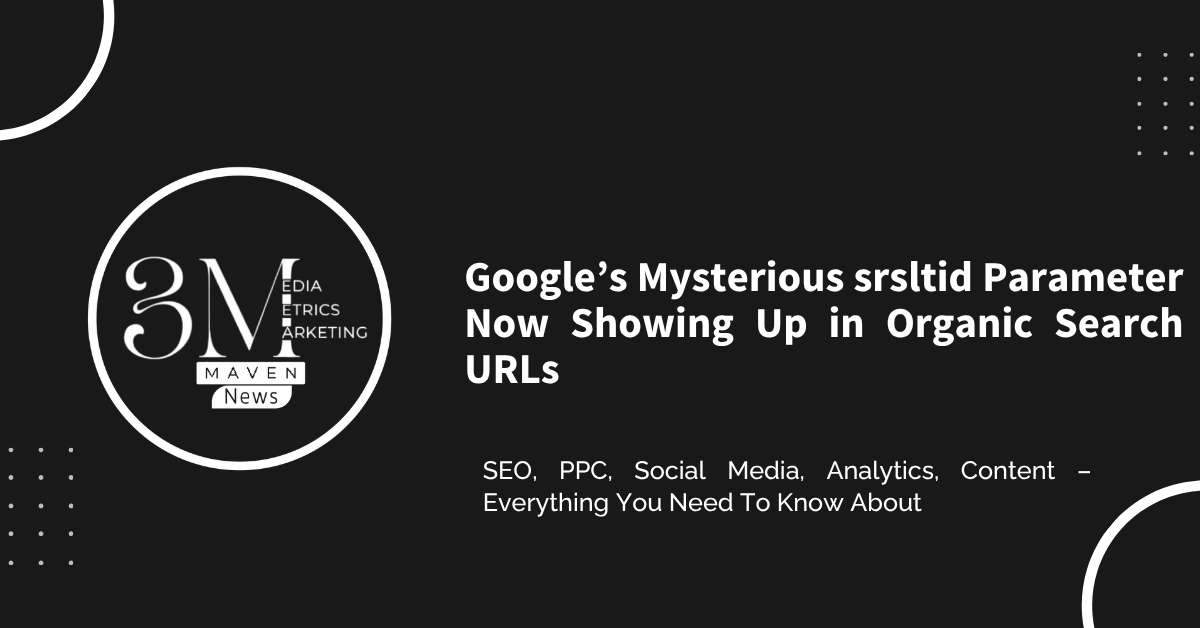A recent episode of Google’s Search Off the Record podcast has challenged some long-standing beliefs in the SEO community — particularly around the importance of valid HTML.
According to insights shared by Google Search Advocate John Mueller and Developer Relations Engineer Martin Splitt , most top-ranking websites do not have valid HTML code, yet they continue to perform well in search results.
This revelation comes as a surprise to many developers and SEO professionals who often emphasize clean, error-free markup as part of best practices.
Only 0.5% of Top Sites Have Valid HTML
During the discussion, Mueller referenced a study conducted by former Google webmaster Jens Meiert , which analyzed the HTML validity of homepage content across the top 200 websites.
The findings were staggering:
“Only 0.5% of the top 200 websites have valid HTML on their homepage. One site had valid HTML. That’s it.”
Mueller described the result as “crazy,” noting that even experienced developers who pride themselves on writing clean code would be surprised by this data.
He further emphasized that search engines like Google are built to handle imperfect HTML:
“Search engines have to deal with whatever broken HTML is out there. It doesn’t have to be perfect, it’ll still work.”
When HTML Errors Actually Matter
While most HTML issues don’t seem to impact rankings directly, there are exceptions — particularly when it comes to elements that affect how content is interpreted by search engines and browsers.
Splitt explained that when HTML isn’t compliant, browsers will often make assumptions about how to render content. This usually works fine for visible elements but can lead to major problems in more sensitive areas, such as metadata.
“If something is written in a way that isn’t HTML compliant, then the browser will make assumptions.”
— Martin Splitt
Mueller added:
“If [metadata] breaks, then it’s probably not going to do anything in your favor.”
In short, while minor HTML errors may not hurt your rankings, critical structural or semantic errors — especially those affecting metadata — should be addressed to ensure proper indexing and display in search results.
SEO Is Not Just a Technical Checklist
One of the broader takeaways from the conversation was that SEO is not simply a technical checklist . While technical optimization plays a role, Google’s representatives stressed that SEO is more about mindset and user intent than rigidly following coding standards.
“Sometimes SEO is also not so much about purely technical things that you do, but also kind of a mindset.”
— John Mueller
Splitt pointed out that effective SEO involves understanding what users are searching for and delivering relevant, well-structured content:
“Am I using the terminology that my potential customers would use? And do I have the answers to the things that they will ask?”
He went on to say that naming conventions and content clarity are among the most overlooked aspects of SEO — and often more impactful than obsessing over HTML validation.
Core Web Vitals and JavaScript: Common Misconceptions
The hosts also addressed two common pain points in modern SEO: Core Web Vitals and JavaScript usage.
Core Web Vitals Are Not a Magic Ranking Boost
Despite the emphasis placed on Core Web Vitals by many SEOs, Mueller clarified that high scores don’t automatically translate into better rankings.
“Core Web Vitals is not the solution to everything.”
— John Mueller
He noted that while developers may enjoy chasing higher performance scores, ranking improvements come from a more holistic approach:
“Developers love scores… it feels like ‘oh I should like maybe go from 85 to 87 and then I will rank first,’ but there’s a lot more involved.”
JavaScript Usage Needs Balance
Regarding JavaScript-heavy sites, Splitt confirmed that Google can process JavaScript, but warned against overuse:
“If the content that you care about is showing up in the rendered HTML, you’ll be fine generally speaking.”
— Martin Splitt
However, he cautioned that improper implementation can lead to rendering and indexing issues:
“Use JavaScript responsibly and don’t use it for everything.”
Testing and ensuring that key content is accessible to crawlers remains essential, especially when using complex client-side frameworks.
Key Takeaway: Focus on What Matters Most
The overarching message from the podcast is clear: technical perfection isn’t required for SEO success .
While valid HTML is ideal, it’s far more important to focus on content quality, user experience, and aligning with search intent. Fixating on HTML validation at the expense of these core principles can be counterproductive.
As Mueller and Splitt reiterated, Google is designed to handle real-world code — messy or not. The priority for developers and marketers should be creating meaningful content and ensuring that critical elements like metadata, structured data, and crawlability are functioning correctly.
